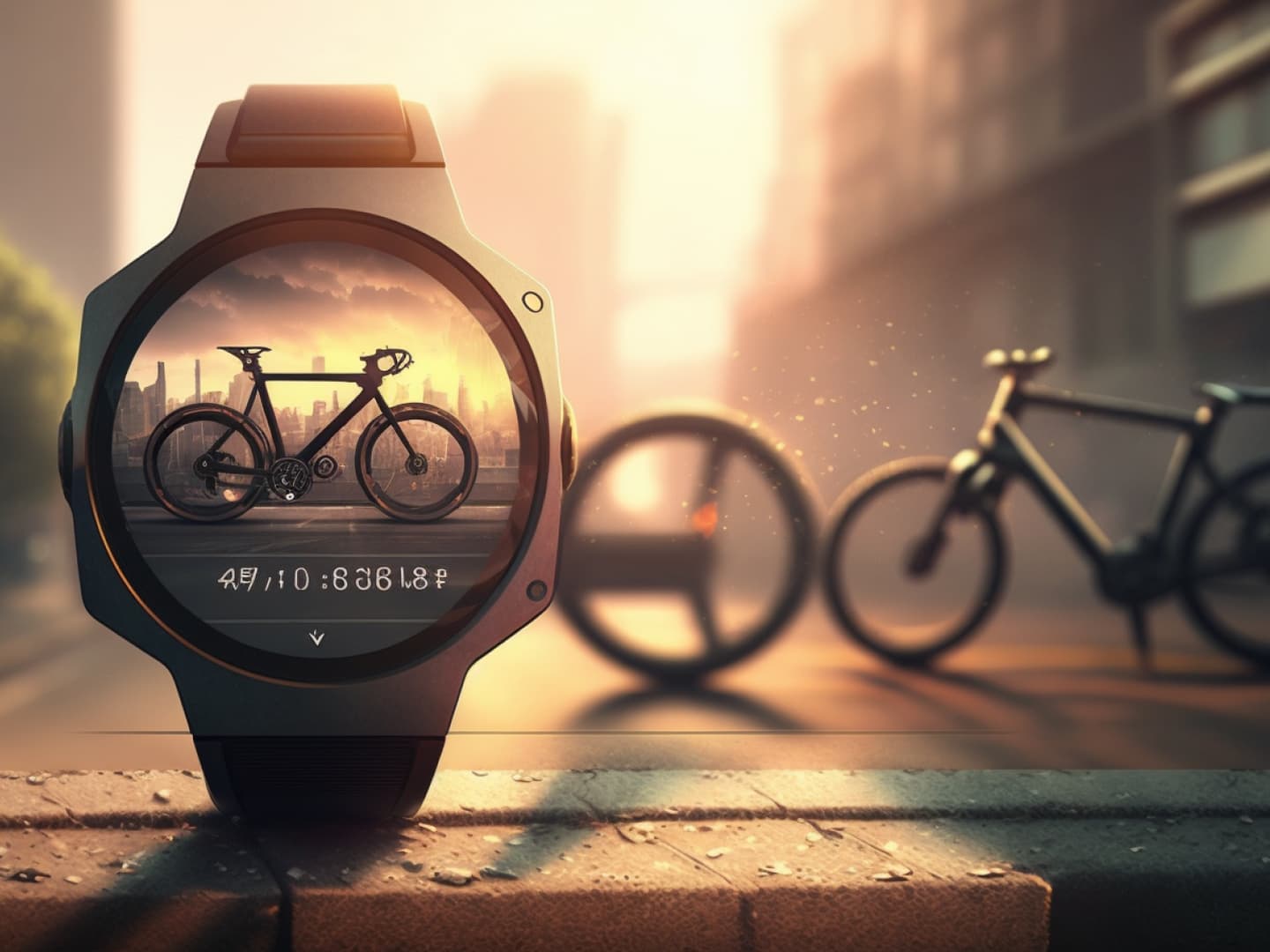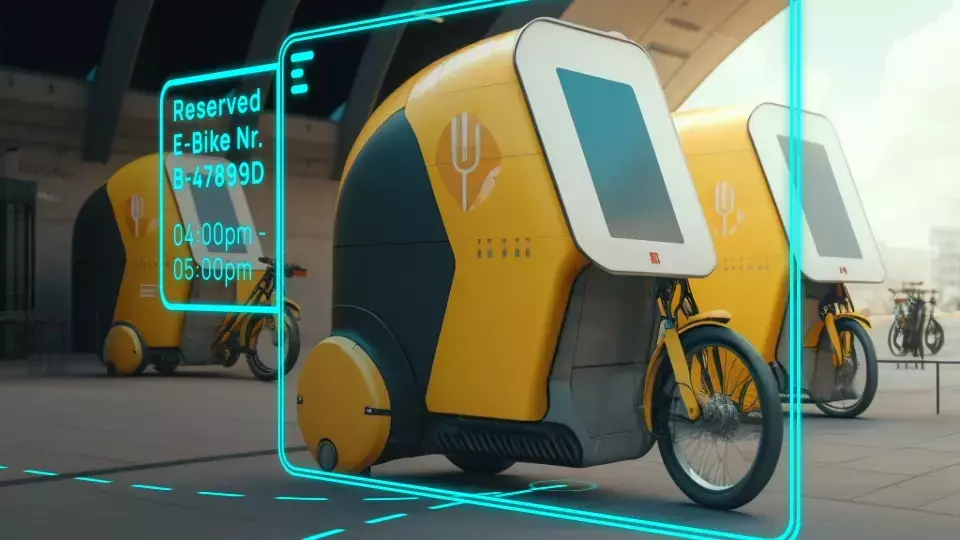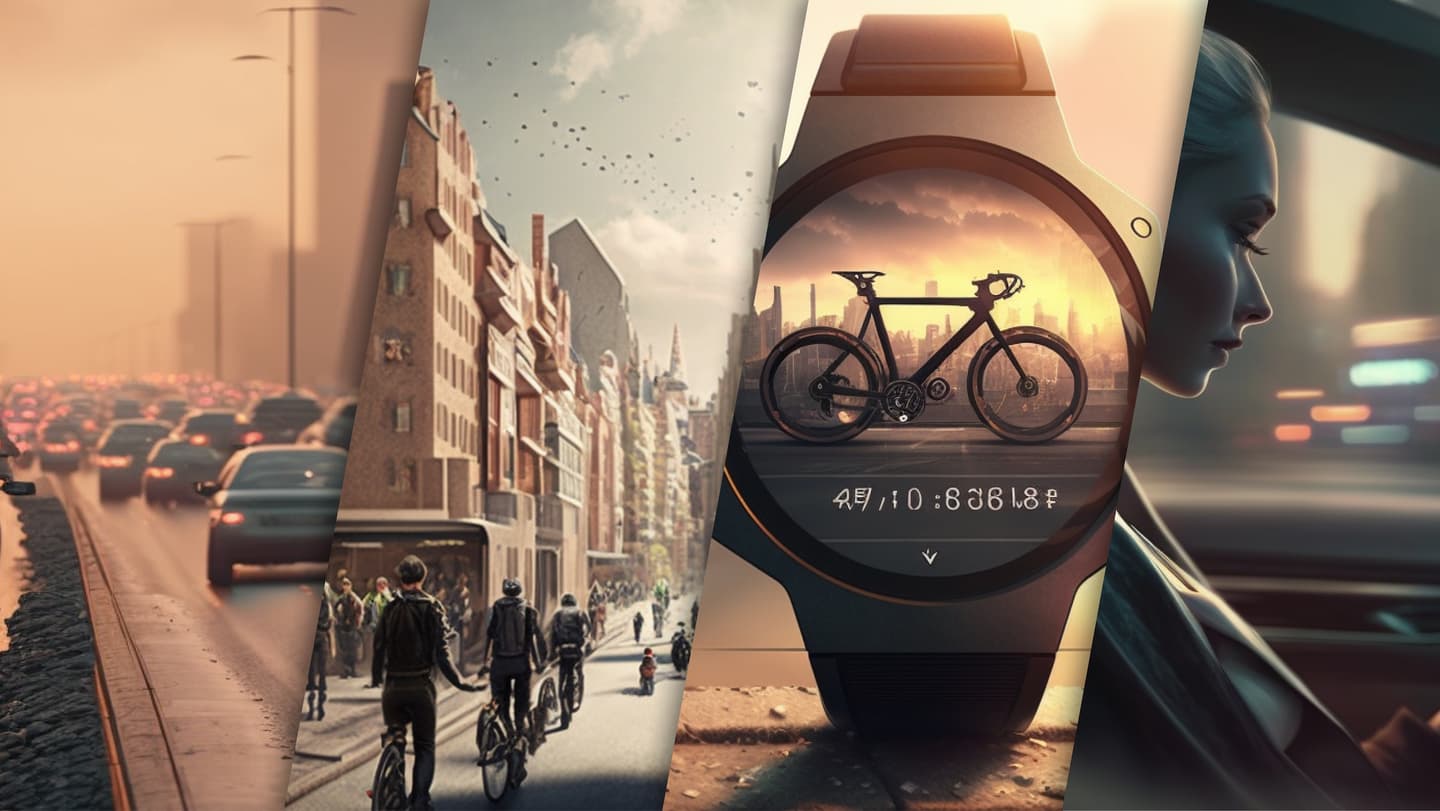Future of mobility — Scenario 2: Mobility-as-a-service paradigm
What if open traffic data platforms and new business models enabled a seamless sync between public and private mobility services across different means of transport? In this scenario, private vehicle ownership is replaced by shared, data-enabled mobility concepts to overcome the most pressing challenges in passenger transport.

Scenario breakdown
In this scenario, private and public organizations collaborate to build an open ecosystem so that seamlessly connected public and private transportation services displace private car ownership and different types of micromobility.
In mobility-as-a-service and automated mobility-as-a-service models, different modes of transportation and their combinations are highly personalized. Individual mobility configurations might include weekend rental cars, weekday bus tickets, or vertical take-off and landing (VTOL) flights for the wealthy – specifically covering the types of transport needed in each individual use case. Packaging is based on different parameters and preferences, such as lifestyle, health and wellness choices.
Personalization goes beyond pricing models. In addition to vehicles designed for moving people around, urban areas are populated with purpose-built automated vehicles that provide services on wheels for people. People can hop in and out, and use services while traveling from location to location, reminiscent of past concepts like library buses, stores on wheels and restaurant cars on trains.
The mobility-as-a-service paradigm has been adopted in midsize and large cities with populations large enough to make services commercially viable. The success of these services also depends on local networks providing real-time access to purchasing subscriptions and providing ticketing systems. In a highly connected world, we may witness new collaborations and partnerships in areas that would benefit from shared ecosystems based on, for example, the needs of travelers. When people living in cities spend their time outdoors, non-terrestrial networks (e.g. satellites) come into play for all services outside the city centers. Since the emphasis is on shared mobility, private cars pay the city a fee to access the infrastructure.
In such a highly data-enabled scenario, there might no longer be a need to actively search for the best route – each individual service provider would have all the data at hand to offer the ideal way from A to B based on personal preferences, the individual use case and contextual information such as weather data. The result is a seamless and uninterrupted user experience without the need to find your way, buy a ticket or check the best connections.
In addition to pleasant travel experiences, this scenario offers different opportunities to overcome some of the most pressing challenges in mobility, ranging from congestion reduction to energy and emission savings, as well as improved utilization rates of vehicles and the corresponding reduction in the need of parking space.
Scenario prototype
The prototype shows a user at a mobility hub where futuristic cargo bikes can be rented. The person uses a seamless end-to-end mobility service that covers different modes of transportation, which guides the user through the city via an augmented reality interface. The image shows the perspective of the user getting to the cargo bike station where an electric cargo bike has already been reserved for them. With the help of lines on the floor, the user navigates to their next destination where they again switch to another mode of transport. Seamless end-to-end travel experiences like this are enabled through new business models that allow users to rent multiple modes of transport without the need to book or pay separately.

Individuals as data hubs
The idea of digital sovereignty has become a guiding principle across Europe. Privacy threats have grown exponentially along with the value of personal data.
New models beyond ownership
Customers are are accustomed to and prefer convenient, flexible, cost-effective services that are accessible online.
From ownership to MaaS
The transport system is shifting from private vehicle ownership to usage models built around sharing and mobility-as-a-service (MaaS).
The future city is an orchestra
Electrified mobility is one of the biggest changes we face in the coming years. It will also make sound an integral part of all design.
Seamless and adaptive experiences
Data collection and platform integrations enable a seamless synchronization of different transport modes.
Data-enabled traffic
Combining processes based on data and algorithms with 5G and 6G connections can improve urban planning and traffic coordination.
AI as a customer
Passengers can get comfortable and enjoy the trip while artificial intelligence (AI) takes care of driving to the destination as well as paying for any necessary services and fees such as road tolls.
The changing role of government
Cities have to become proactive stakeholders in open ecosystems that comprise both private and public sector actors.
Currencies redefined
Money is replaced by and supplemented with new types of currencies, such as attention, trust or digital currencies.




